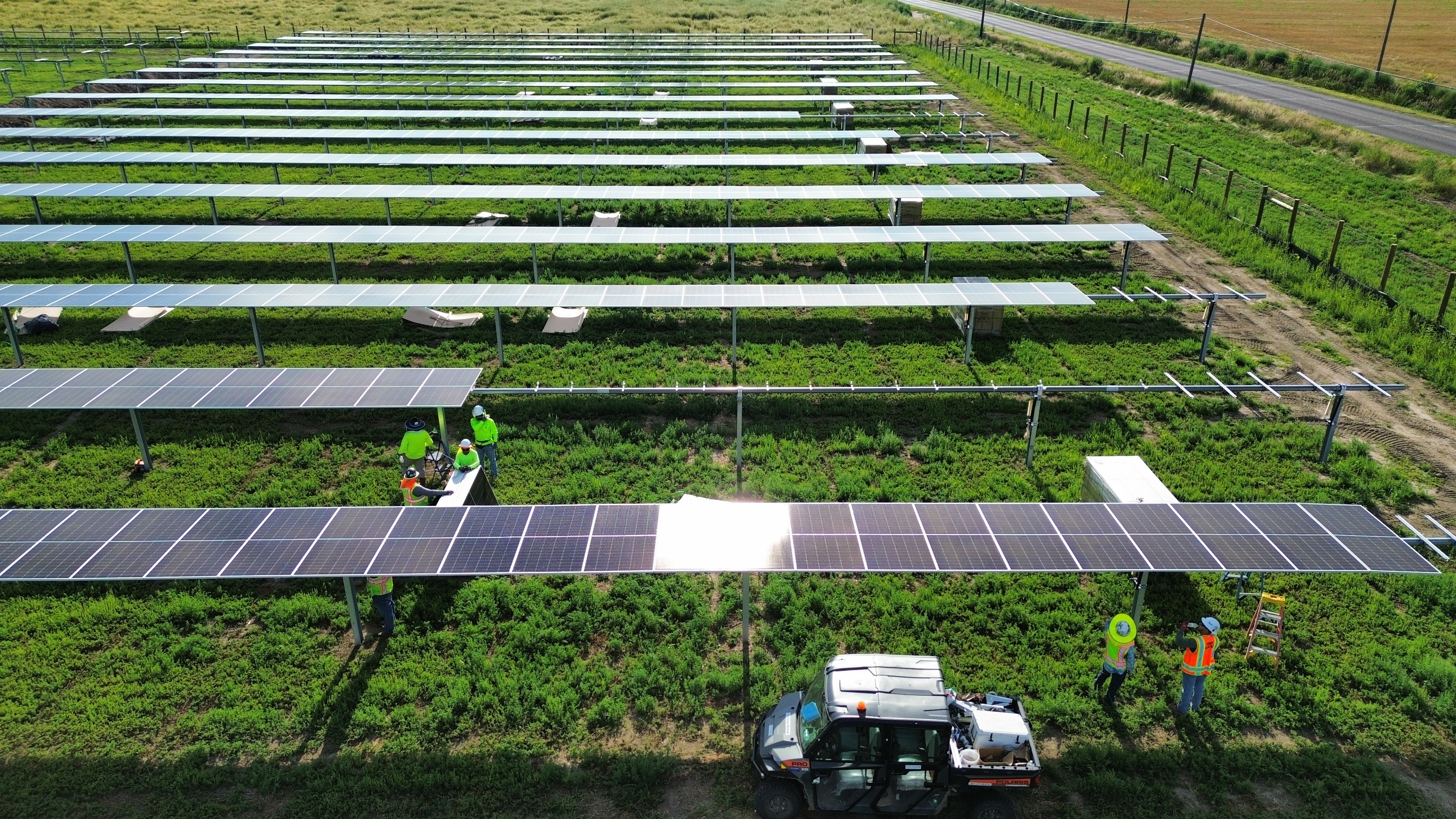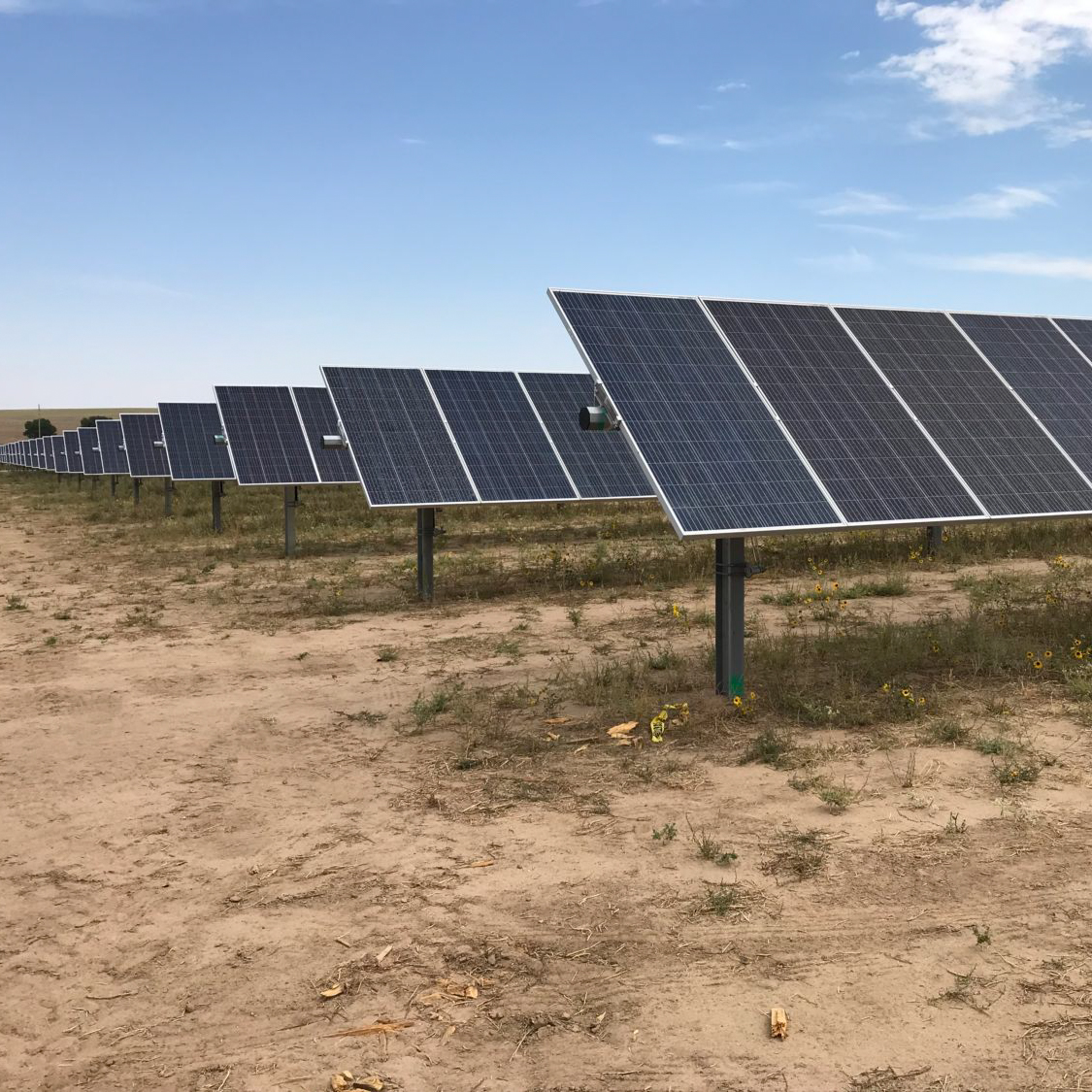Community solar is making a big impact today, benefiting a wide range of people and organizations like renters, homeowners, schools, small businesses, and local governments. Here’s how:
- Supporting Clean Energy: It helps reduce pollution and speeds up the transition away from fossil fuels.
- Building Local Power Projects: These projects strengthen the local electricity grid.
- Saving Money: Subscribers save on energy bills each month without needing to invest upfront.
As more states and utilities adopt community solar, the community solar industry has grown from a few experimental projects into state-wide programs all across the country. Now, there are thousands of community solar projects either up and running or being developed. These projects are backed by big utility companies and regulated by state agencies or Public Utilities Commissions (PUCs) to make sure they deliver the benefits of solar to individuals and communities where on-site solar and other renewable energy projects are not able to serve them.
SunCentral’s team comprises an experienced group of community solar pioneers. We quickly saw that lots of people wanted to support clean energy, but they didn’t know how to get started—especially those who couldn’t install solar panels on their roofs.
Rooftop solar is great, but it doesn’t work for everyone. Some people can’t install solar panels because they rent, live in apartments, or have homes with roofs that aren’t suitable. Community solar farms allow anyone—renters, homeowners, and businesses—to benefit from solar energy, even if they can’t have solar panels themselves.
In the early days of shared solar, some people thought community solar sounded “too good to be true.” But it really does offer long-term savings and environmental benefits because everyone involved works together. Developers design and build the projects with input from local communities, utilities ensure the projects come online and run smoothly, and subscribers agree to buy the solar energy. This teamwork is what makes community solar projects successful and supports their operations over time.
Solar Is Becoming Mainstream
Solar and wind energy have moved firmly into the mainstream. As costs decrease and technology rapidly improves, solar panels and wind turbines are no longer rare sights. Instead, they represent how individuals and businesses are taking control of their energy choices and saving money. The world's largest corporations are making significant, voluntary long-term commitments to renewable energy, recognizing that solar is not only the right choice for the planet but also beneficial for their bottom line.
Community solar is a powerful way for individuals and businesses to join this energy revolution while supporting local projects in their community. By subscribing to a community solar project, groups of like-minded individuals and business owners can support renewable energy, reduce emissions, and save money. Community solar subscriptions typically don’t require upfront payments and are flexible enough to move with the subscriber to a new property or meter. Community solar works to make sure that everyone shares in the benefits of renewable energy. But many people may ask, “Is there community solar near me?” Nowadays, it’s more than likely that your state has a community solar program.
Community Solar is Intentionally Simple
One of the goals of community solar is to be simple, but a lot needs to happen for any good program to run smoothly. Community solar programs have grown from small, local projects to large, well-organized programs managed by utilities, state regulators, and hands-on project owners who are all dedicated to ensure the program functions well.
The first piece of the puzzle is the community solar project developer. Any consumer interested in community solar should make sure they are working with a project developer who has a demonstrated track record of getting good projects developed and working closely with their local community.
The utility is the second key role. As more people seek renewable energy options and recognize its benefits for energy reliability, utilities are building the systems and processes needed to support this change. One of the first steps for any community solar program is for utilities to measure, value, and credit the energy produced by these projects across their service areas.
The final piece is the regulators who oversee the process. They play an important part in designing the programs and ensuring that consumer protections and program compliance are in place. Their role is to make sure that community solar continues to benefit those who need it the most – the consumers.
By the time any community solar project has been energized, a lot of work has happened behind the scenes to deliver benefits to hundreds of local energy users, efficiently, and consistently.
Community Solar Benefits Everyone
To sum it up, community shared solar is truly designed to share the benefits of renewable energy across an entire community.
Residential subscribers, businesses, and other community institutions benefit from:
- Savings: subscribers’ commitments provide the support to get the project built (with no up-front payment), and in return, they receive credits on their utility bills. The credit is oftentimes higher than the subscription rate and the sum of the two results in savings. It is like paying $90 for $100 worth of groceries.
- Access: eligibility for community solar is not limited to those who can own the equipment – specifically, renters, students, or those in housing communities can all participate in a project, support renewable energy, and save money.
- Flexibility: there are no panels to install, no changes to utility connections, and no interruptions and changes to electric service. Plus, if you move, subscribers can easily transfer their subscription to their new home (if they have the same utility provider) or they can cancel with notice.
At the same time, local communities benefit from:
- Local, renewable energy sources: communities are not only taking charge of their local energy needs; they are also doing so in a way that replaces fossil fuel-burning generation, delivering cleaner air, lowering regional emissions and supporting sustainability.
- Investments in the local economy: community solar farms are significant investments (often multi-million-dollar projects) that directly benefit local economies through well-paying local jobs, long-term local tax revenues and lease payments to support farmers and other landowners.
- Access for the entire community, including traditionally under-served customers: taking solar beyond individual rooftops is only the first step, as community solar programs are often designed to make sure that solar benefits the whole community, including families that traditionally have not had easy access to affordable clean energy.
The SunCentral team is excited to play a key role in delivering the many benefits of community solar, and we are always happy to answer any questions you may have – either about subscribing to a project, configuring custom community solar software, or consulting on a project. Please do not hesitate to reach out with any questions.

%20(3)-1.jpg)

